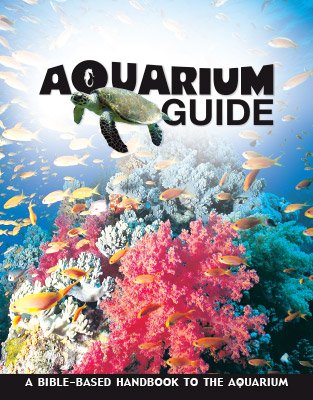Coral
Scientists have discovered that coral has layers.
Design

Scientists have discovered that coral has layers, and some scientists have measured these layers claiming that they show slow growth over long periods of time. However, it has been shown that coral can grow quickly. With this knowledge, even the “oldest” reefs would only be a few thousand years old. This is consistent with a young earth, created only about 6,000 years ago.
Features
- Coral colonies grow in many shapes and come in many colors; there are three kinds of coral reefs: simple fringing reefs, barrier reefs, and atolls.
- A coral polyp is actually a small, marine invertebrate that lives in a large colony. A polyp looks like a tiny, upside down jellyfish. Some corals have eight tentacles, while others have them in multiples of six.
Fun Facts
- Coral polyps are connected to one another in large colonies, sharing nutrients and even other organisms in a mutualistic relationship. These large colonies are called reefs.
- Most corals have a beneficial relationship with zooxanthellae (photosynthetic, one-celled algae). The oxygen and sugar produced by the algae within the coral polyp stimulates it to produce calcium carbonate (reef material). The coral produces carbon dioxide and waste products (nutrient-rich fertilizer) that the zooxanthellae use.
- Corals uses their tentacles to trap prey by stinging their prey with cells called nematocysts.
CLASS: Anthozoa (corals and sea anemones)
SUBCLASS: Alcyonaria (soft) and Zoantharia (stony)
ORDER: Nine orders within the two subclasses
GENUS/SPECIES: Over 5,000 different species
Size: A few millimeters
Depth: Up to 200 ft (60 m); one rare species found as deep as 9,800 ft (3,000 m)
Diet: Zooplankton, small fishes, organic debris
Habitat: In shallow, warm waters worldwide
Aquarium Guide
With fun facts about more than 100 animals, this long-awaited Aquarium Guide includes beautiful pictures and reveals the incredible facts and design features that point to our amazing Creator. This handy size guide is excellent for school field trips and family trips to your favorite aquarium!
Browse Kids Book- © 2024 Answers in Genesis
- Privacy Policy
- Contact
- About

